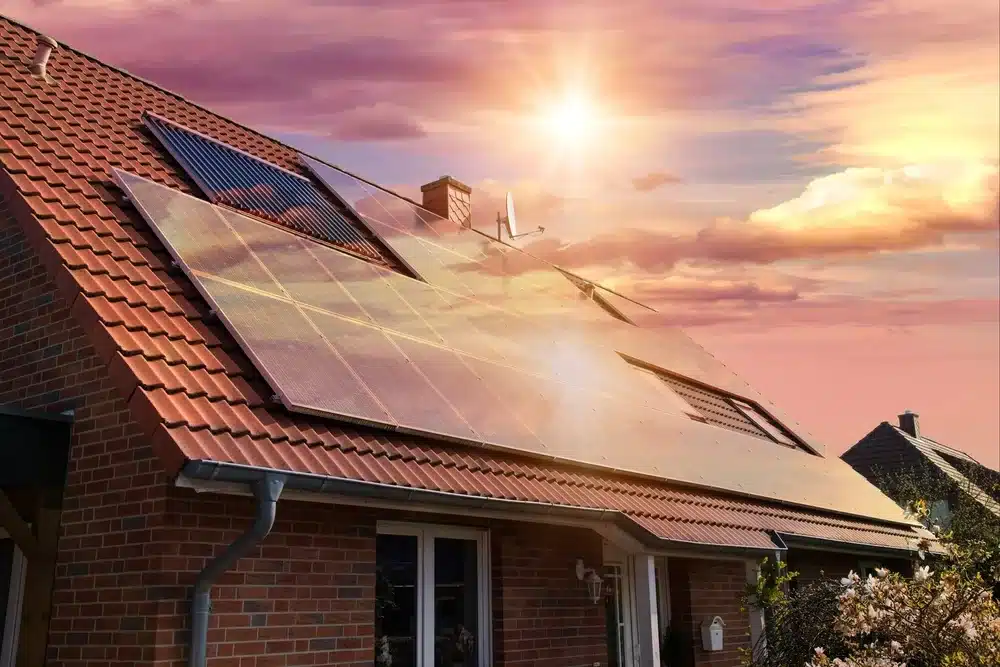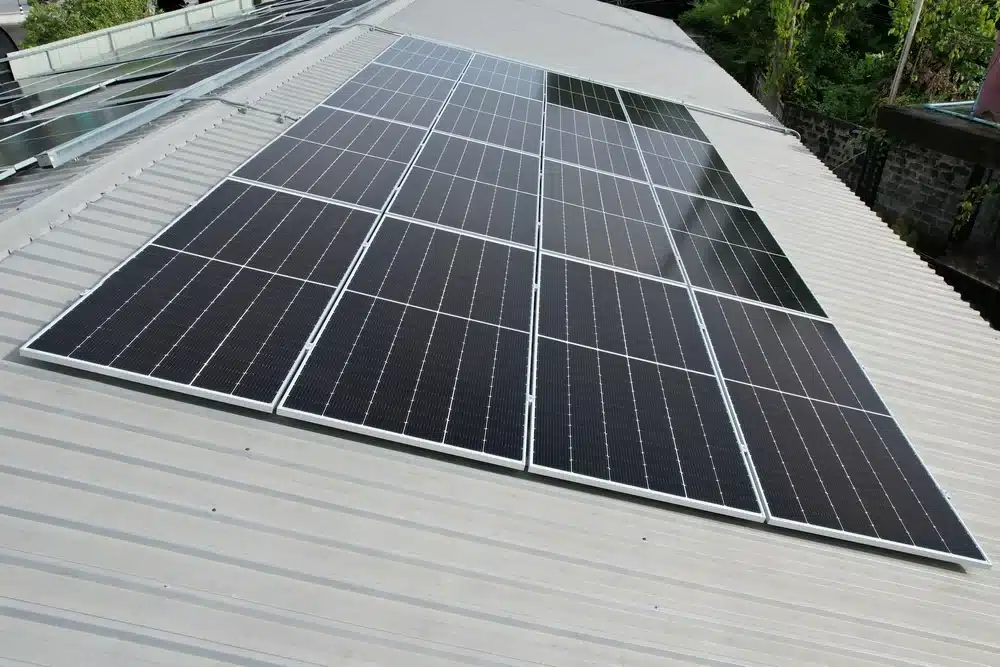- Solar Run >
- Solar Panels >
- How is Solar Energy Created?

Have you ever paused to marvel at the sheer brilliance of solar energy? It’s an endlessly clean, renewable resource that’s captured straight from the sun’s rays, and it’s revolutionising the way we think about and use power. Here in Australia, the embrace of solar energy is not just enthusiastic but also leading globally. With solar photovoltaic (PV) becoming the fastest-growing generation type across the nation, it’s clear we’re onto something big. According to the Clean Energy Council, solar PV contributed approximately 11.7% to our electricity mix in 2021 alone, boasting an impressive installed capacity of over 11 GW. What’s even more remarkable is our world-leading position in rooftop solar deployment per capita, proof of how integral solar has become in our lives.
But what’s driving this surge? Beyond the sunny skies and innovative technology, government policies and initiatives have been pivotal in accelerating solar energy’s growth. The Australian Energy Update 2022 hails solar PV as the largest contributor to our renewable energy generation, highlighting the power of supportive frameworks to catalyse change.
As you learn about solar energy, from the basics of how it’s created to its myriad applications, it’s essential to understand both photovoltaic and thermal methods—each playing a unique role in harnessing the sun’s bounty. Whether it’s turning sunlight into direct current (DC) electricity or capturing the sun’s warmth for heating, solar energy’s versatility and sustainability are unmatched.
If you are curious about integrating solar into your energy solutions, join us as we explore the fascinating journey of solar energy creation and shed light on the innovation and significance behind this sustainable powerhouse.

At its core, solar energy is about harnessing the sun’s vast power and converting it into usable energy forms. But how is solar energy created, and what makes it such an important player in our quest for sustainable energy solutions? Let’s break down the basics:
Solar energy originates from the sun’s radiation. This immense power source sends photons, or particles of light, hurtling through space to Earth, providing more than enough energy to meet global power needs—if harnessed correctly.
Unlike fossil fuels, solar energy is both clean and renewable. It generates electricity or heat without emitting greenhouse gases, and because the sun rises every day, it’s an inexhaustible resource.
Solar energy can be harnessed in two primary ways, each serving different purposes:
This method converts sunlight directly into electricity using solar panels. It’s the technology behind those rooftop solar installations you see in homes and businesses across Australia. PV systems are a key contributor to Australia’s renewable energy generation, with their ability to produce clean, direct current (DC) electricity from the sun’s rays.
Unlike PV systems, solar thermal technology captures the sun’s heat. This heat can be used directly for warming spaces or water, or it can be converted into mechanical energy and then into electricity. It’s a versatile approach that complements photovoltaic technology, especially in applications like water heating and space heating.

Let’s look at photovoltaic (PV) technology and understand the incredible process through which sunlight is transformed into electricity.

While photovoltaic technology captures the spotlight in conversations about solar energy, solar thermal energy conversion plays a complementary role. This technology harnesses sunlight not for electricity, but for heat, showcasing another facet of solar energy’s versatility.
Unlike PV systems that directly convert sunlight into electricity, solar thermal systems first convert sunlight into heat. This heat is then used as needed or converted into electricity, providing a different pathway for utilising solar energy.
Solar thermal energy’s applications underscore its adaptability and efficiency in providing clean, renewable heat:
Solar thermal energy conversion is a sustainable solution for reducing reliance on fossil fuels for heating. Here’s why it’s an important part of the energy mix:

What makes up a solar PV (photovoltaic) system? Let’s break down the key components that work together to capture sunlight and convert it into electricity for your home or business.
At Solar Run, we’re all about making solar energy accessible and practical for everyone, whether it’s for your home or your business. Our expertise isn’t just limited to installing solar panels; we also specialise in solar water heating and providing efficient solutions for keeping your swimming pool just right with heat pumps.
Thinking about making the switch to solar or curious about how it can fit into your life? Solar Run has got your back. We’re here to chat about how you can use solar energy to your advantage. Reach out to us, and let’s get your solar journey started.
We are available! Have a question? Text us here.
 Text Us
Text Us